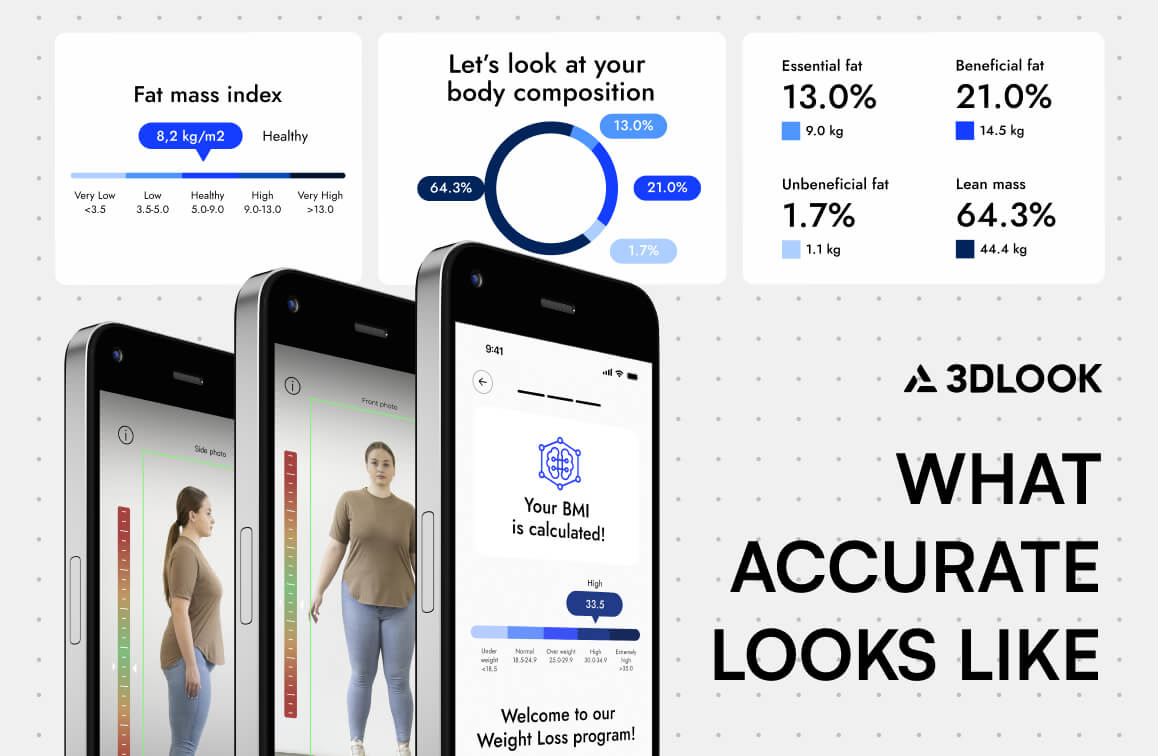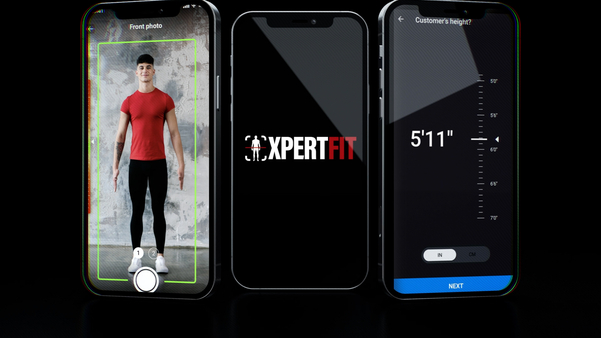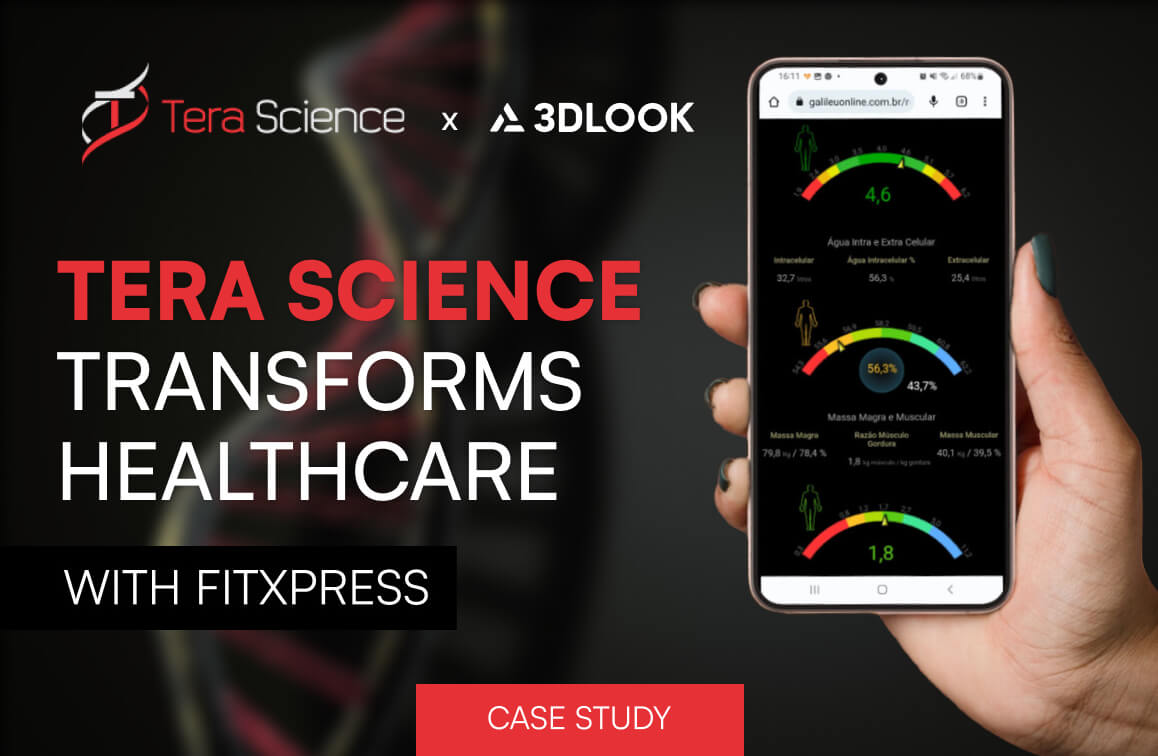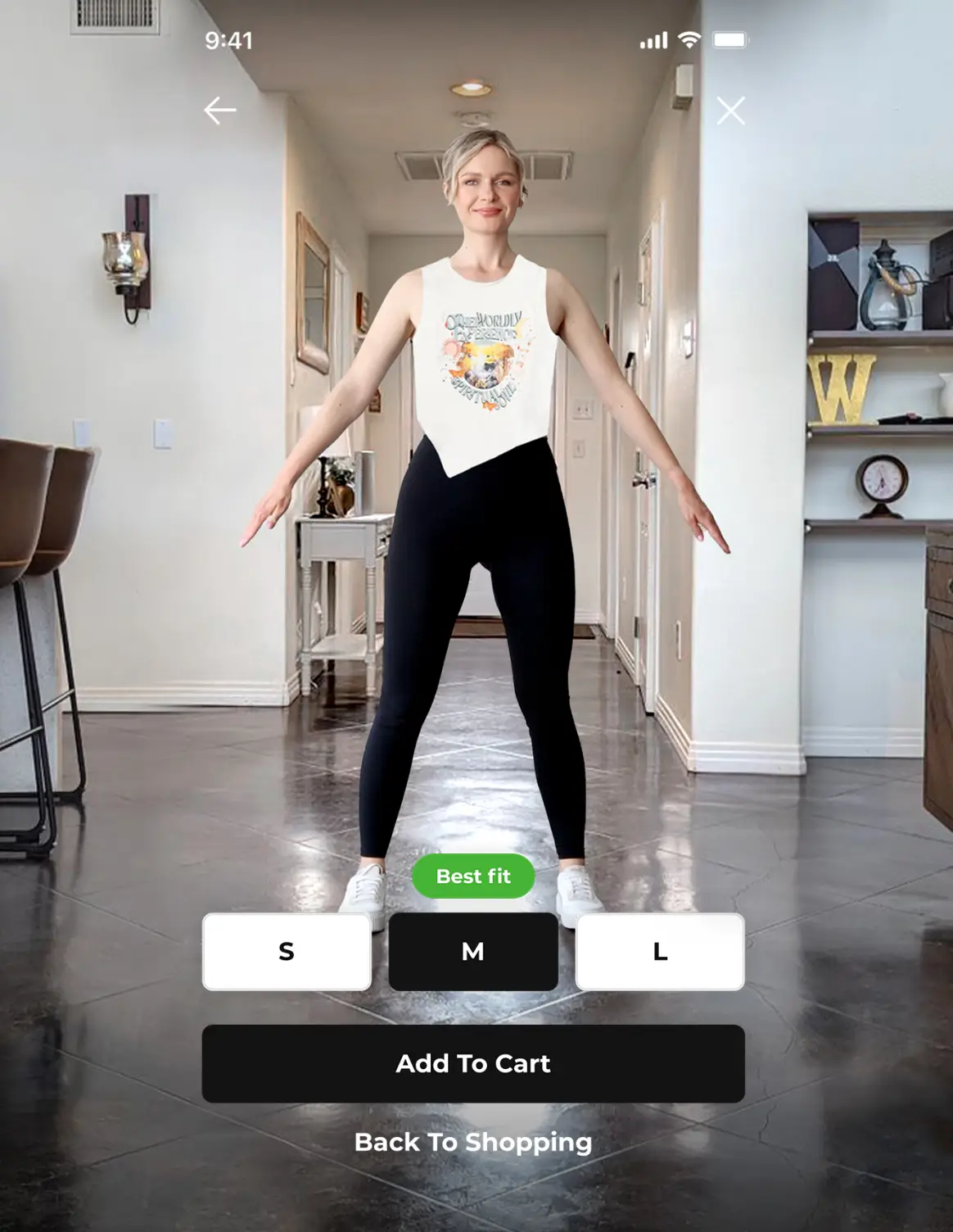It’s time for the apparel sector to come together to build a more sustainable fashion industry, one that embraces innovation to reduce waste, returns, and excess inventory.
The global fashion industry is responsible for an incredible amount of pollution, contributing 10% to global carbon emissions annually — more than the aviation and maritime industries combined.
What’s worse, much of what’s produced goes to waste. According to the Ellen MacArthur Foundation, one garbage truck full of clothing is sent to a landfill every second, either to be burned or buried. Much of it is surplus stock or returns of garments that have never been worn.
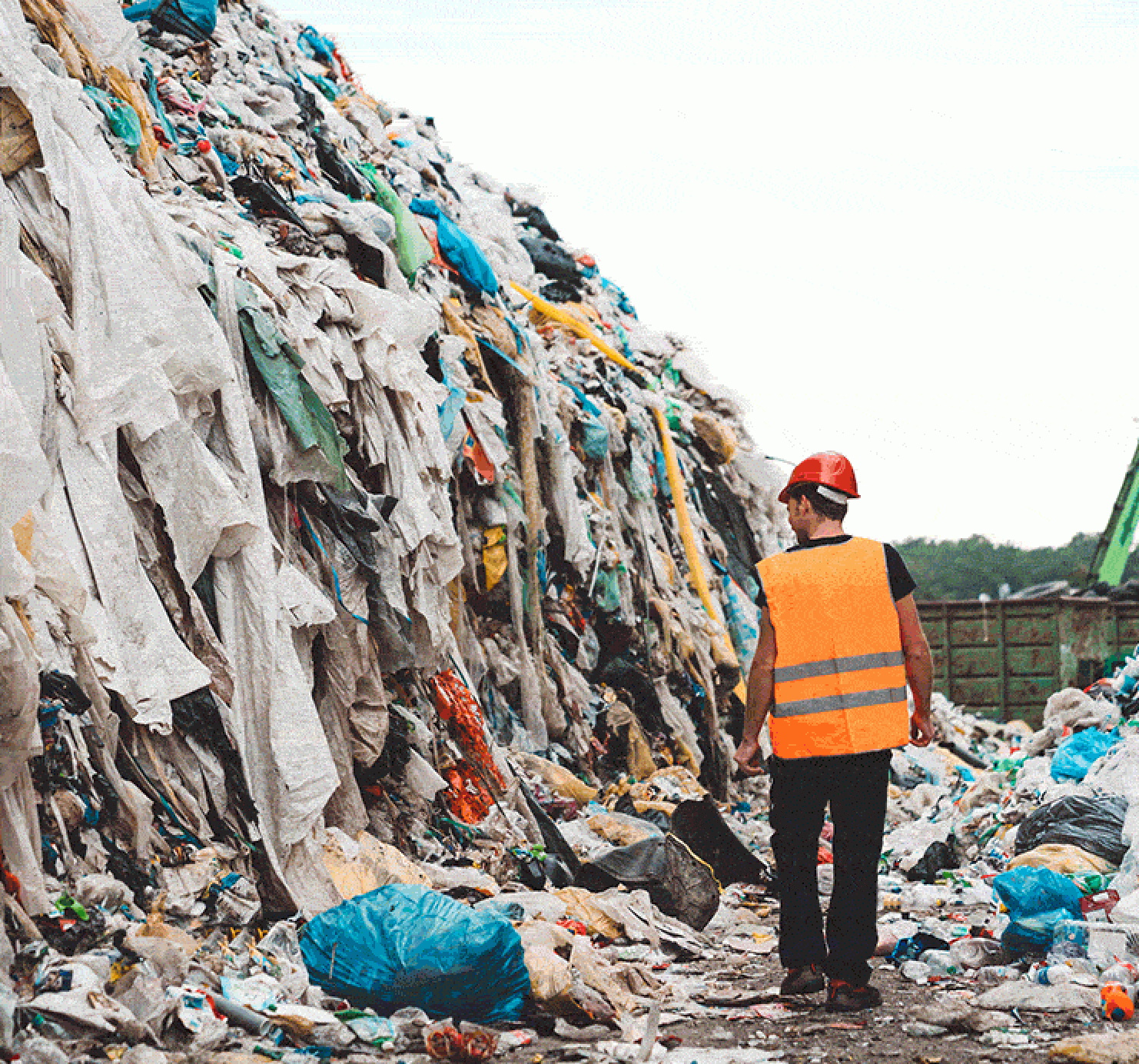
With continued mass production of fast fashion, annual textile waste is predicted to rise by another 45% over the next decade, up 42 million tons to the 92 million tons produced today according to the BBC.
We can reverse the trend, but first fashion businesses need to take a more efficient approach to the way they design, manufacture, and sell their garments.
Building a sustainable fashion industry
Sustainable fashion brands such as RE/DONE, which searched out damaged and abandoned denim to turn them into new, appealing outfits, are proving that undesired garments shouldn’t be destined for landfill.

After all, much of the waste created by fashion is avoidable. According to the Secondary Materials and Recycled Textiles Association, 95% of textile waste could be reused or recycled. Yet, only 16% finds its way out of the waste stream.
For decades, minimizing waste has come second to meeting a demand for fast fashion. However, consumer sentiment is beginning to change. According to McKinsey’s The State of Fashion 2021 report, more than 60% of consumers said environmental impact is now an important factor when making a purchase.
Evidently, fashion must fast-track the development of a circular economy, where materials are recycled, reused, and repurposed once a product reaches the end of its lifecycle.
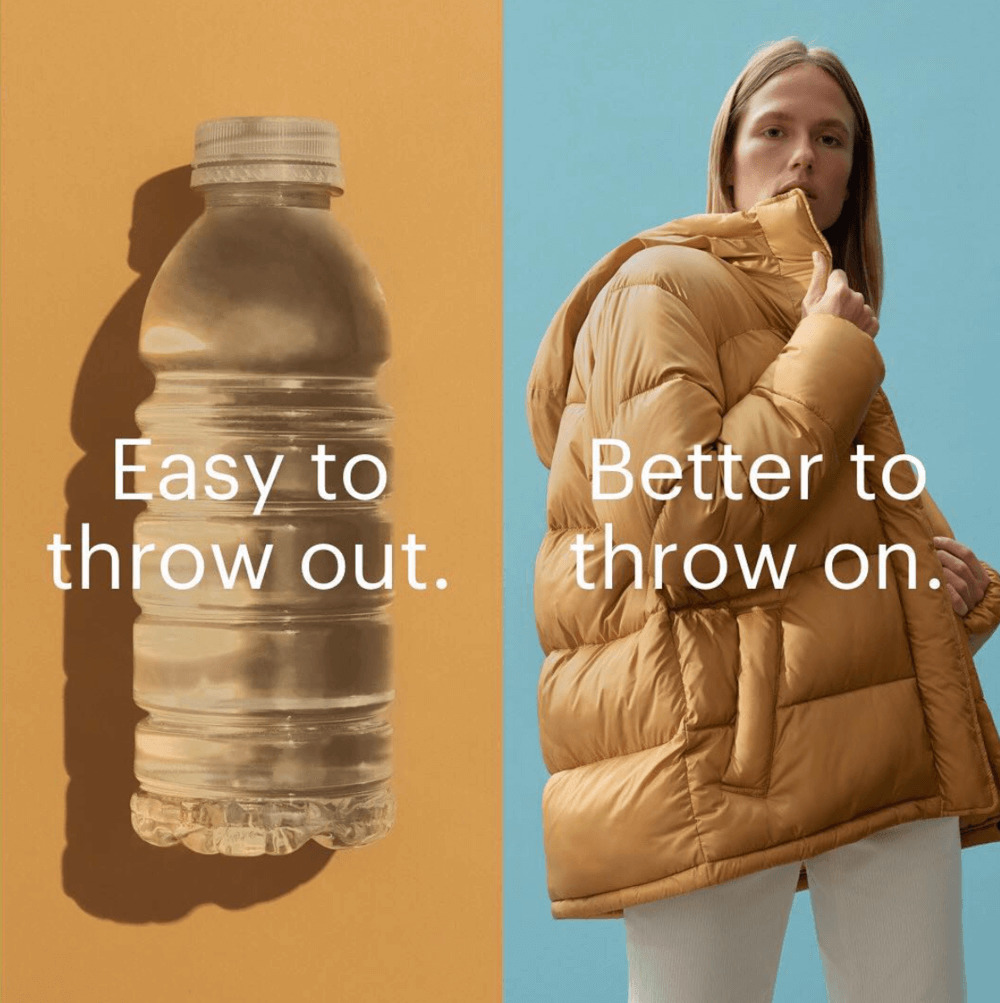
That said, businesses must embrace sustainable design to increase the recyclability of their products. Brands must ditch damaging materials such as non-biodegradable synthetic fabrics, and seek alternatives that are easy to dispose of or recycle once a garment reaches the end of its lifecycle. Eliminating unsustainable packaging, particularly single-use plastics, could also go a long way to reducing fashion’s impact.
Of course, there will be challenges. For many consumers, words such as recycled, repaired, and refurbished still hold negative connotations. Overcoming such challenges will take a collective and focused effort from all fashion stakeholders to share the benefits of sustainable fashion, but the significant reward could await those that lead — according to the Circular Fashion Summit, fashion’s circular economy could hold $5 trillion in value.
Don’t underestimate your data
Fashion executives are already exploring solutions to limit their impact, such as reducing the number of products they manufacture. Brands such as Victoria Beckham and Nike have vowed to cut SKUs by 40% and 15% respectively, according to McKinsey.
Some businesses will undoubtedly fear the impact such measures could have on their revenues. However, by utilizing data, businesses can reduce their product range – and the waste they produce – without compromising sales. By using 3DLOOK’s solutions such as YourFit, Mobile Tailor and Uniform Pro, businesses can collect data from their customers effortlessly and remotely. Leveraged during the design process, human body measurements allow brands to create garments according to their customers’ bodies, sizes, and style preferences, resulting in reduced returns and more stock sold at full price.
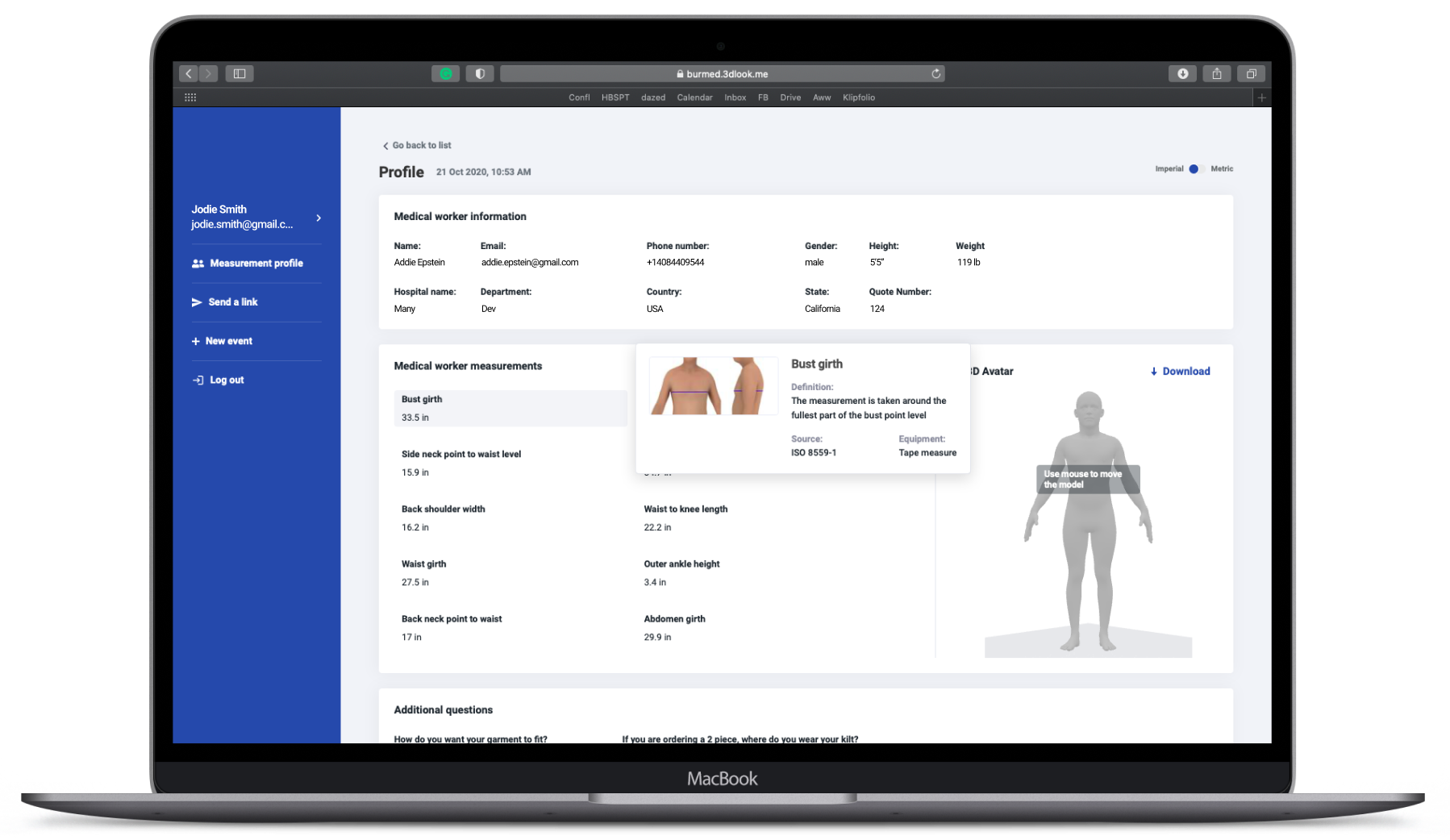
This same data can also be used to improve the purchasing experience for customers and in turn, reduce costly returns that clog up landfills. Implemented through a 3DLOOK widget, collecting body data allows businesses to offer personalized size and fit recommendations effortlessly.
By improving customer insight, 3D body scanning and the solutions it enables could offer a drastic reduction in return rates, particularly for online retailers where up to 50% of fashion purchases are sent back.
Consumers want sustainable clothing – it’s time to listen!
Today’s consumers are demanding better, and tomorrow’s will undoubtedly expect even more. Some 90% of Gen Z shoppers believe companies have a responsibility to overcome environmental issues. Gen Z already makes up 35% of the population and represents $143 billion dollars in spending power.
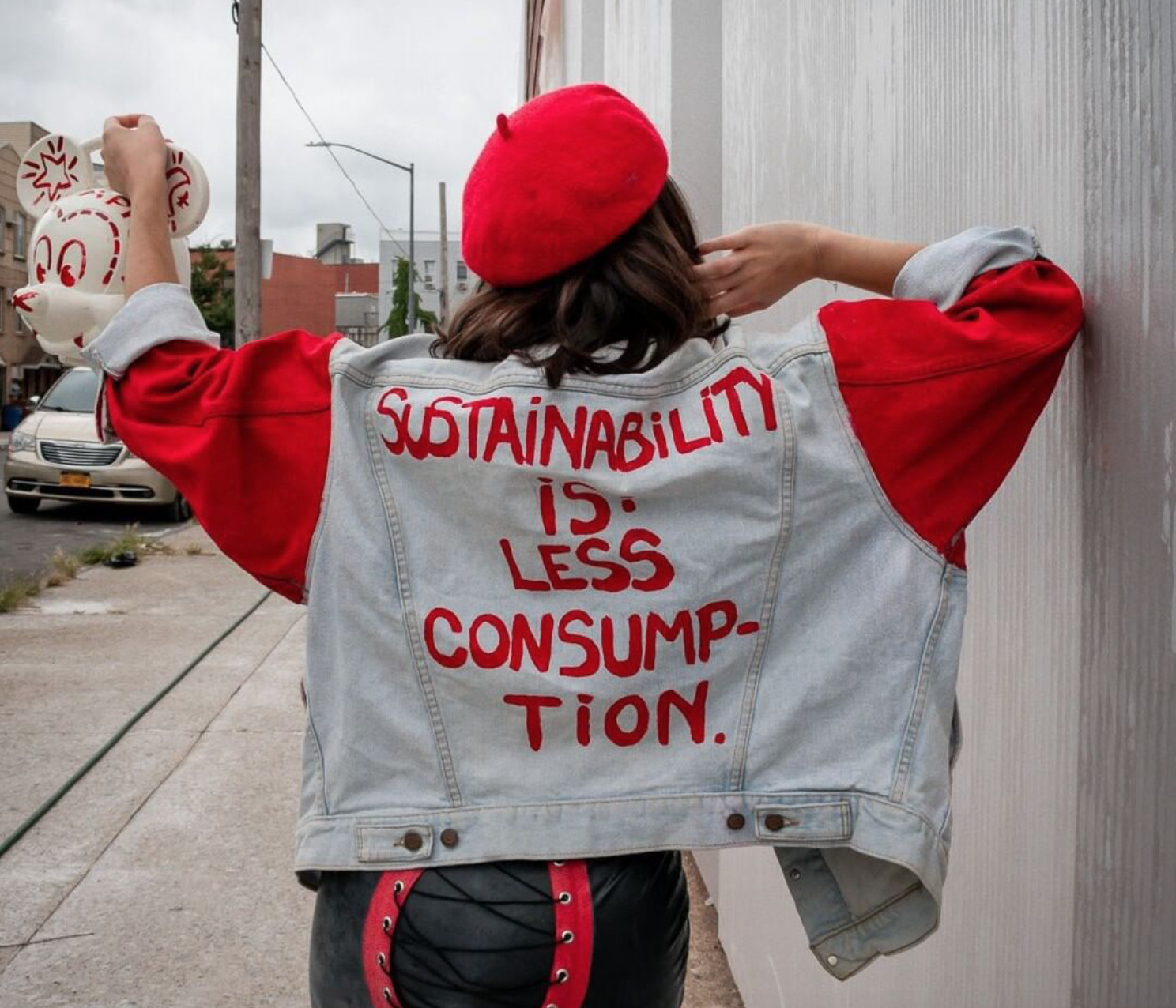
With half of the young consumers planning to buy fewer, better quality garments in order to return their impact, according to Thredup, it’s about time fashion adopted the same ‘less is more’ mantra. If the industry is to overcome its issues, ‘sustainable fashion business’ cannot be a title bestowed on a limited few, but something that all brands aim to be.
Get in touch to find out how 3DLOOK’s human body measuring technology can help your business to reduce its impact.
Get in touch
